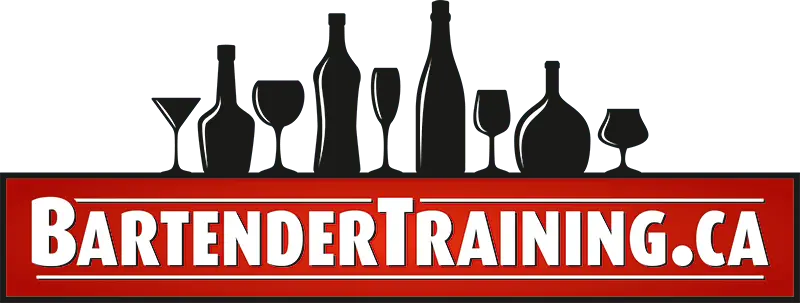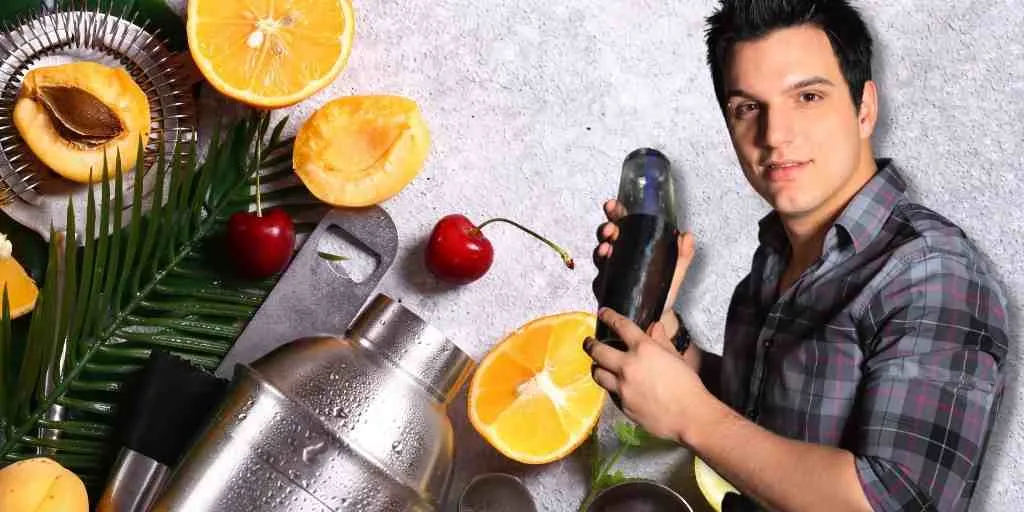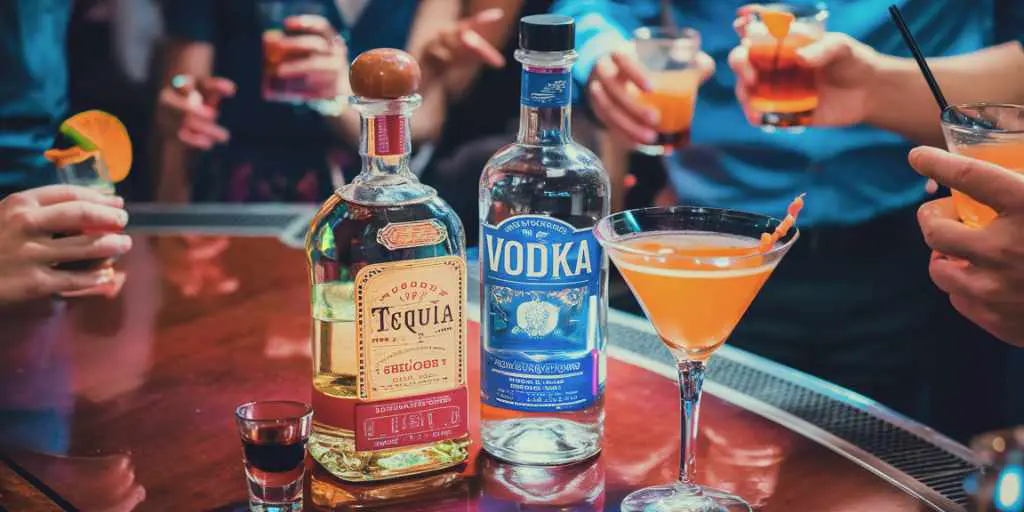To know what you’re doing, you need to know at least what you’re talking about. Or so the saying goes. Highballs, cocktails, rock glasses, straight up, shaken, stirred, wet, dry, none of it makes sense. Why should it? You’re new. Totally okay. Do you know that it comes in a different type of glass depending on the drink? Do you know the difference between a snifter and a rocks glass?
Do you know what a flute is? Hint, it is not the instrument. Although, in bartending, glasses are definitely part of the craft. Let’s outline basic terms, bar tools and anything else you might need to know vocabulary-wise before you start.
Flutes, Snifters and Rocks glasses
Since I just mentioned it, snifter, rocks glass or flute? A flute is a champagne glass used to serve sparkling white wine, bubbly cocktails or the obvious, champagne. Wondering what a bubbly cocktail is? Any cocktail where the featured ingredient is champagne or sparkling white wine. Ex: Mimosa. A snifter is a glass with a small stem and wide bottom that narrows towards the top. It is typically used to serve brown spirits such as brandy, cognac etc. Rocks glasses are used to serve highballs, cocktails and certain spirits.
One of my favourite terms is “In the weeds.” What does this mean? Basically, you are beyond screwed. You are lost in an abyss of mess, and work and still drowning despite your best efforts. Now, maybe you wouldn’t be here if you hadn’t sent the gentleman’s Martini wet when he asked for dry. Or, perhaps it was the fact you sent it dirty when he simply asked for olives. Do you know the difference between a highball and a cocktail? So many questions and things to learn. Let’s keep going.
Highball vs Cocktail
This one is easy, a highball is made with pop, and a cocktail is made from juice. Do they come in different glasses? Usually not, and most come with lime. Pretty easy and will get you started on the right path. They always come on ice unless specified otherwise. Then there are frozen cocktails which mean blended.
Here’s an article on the differences between highball and collins glasses and what drinks go in them.
Now let’s talk Martinis.
Shaken vs Stirred, Bruising
Shaken vs Stirred is obvious; the answer is in the words, but which one bruises the gin? “Bruising” is a term used to define a change in the taste of the gin. This change typically results from shaking it. Since we’re talking about Martini, most people know that they contain Vermouth but how much Vermouth is responsible for a dry or wet martini? Would you like a twist? Do you like it dirty? Maybe you prefer a Gibson. Okay, I said some like it dirty, get your mind out of the gutter.
If you’re interested in how to avoid bruising your drinks, we’ve got an article on bruising here.
Dry vs Wet
Wow, these martinis are just laden with sexual innuendos. Dry means you like very little Vermouth, and a wet martini means you like more than typical. If you like it dirty, you dig olive juice in your Martini on top of just the olives. If you’re into Gibson’s, then you’ve got a hankering for those white pearl onions. If you like it with a twist, that means a strip of lemon or lime rind is twisted and put in your Martini. Rye/Whiskey, Scotch and Bourbon come next on my list.
Straight up, Neat, or on the rocks
Actually, in my personal world, they come first. I am an avid Rye lover. Straight up, neat or on the rocks? Straight up or neat are used interchangeably nowadays, meaning no ice. It comes right out of the bottle and into the glass. Rocks = ice. Although not all people like the same amount of rocks, here’s a hint. When serving any of these liquors, I recommend pouring the shot and serving the water and rocks on the side. Rye and Scotch drinkers can be very particular.
If you’re interested in more cocktail terminology, we’ve got an article on mixology here.
Now, what about the people?
Barbacks
My favourite people and one of the most important to be nice too. Many people view them as slaves, but an awesome barback can make or break your night. A barback is a bartender’s best friend. They do all the hard work. They stock your fridge, make your mix, handle your glassware, get rid of your empties, and if you’re nice to them, they will do pretty much anything you need, even if it’s not their job. Make sure you develop a good relationship with your barback, treat them with respect and as an integral part of your team because they are. They will be your lifeline in your darkest and busiest of times.
If you’re interested in how long it takes to go from barback to bartender, we’ve written an article about going from barback to bartender here.
Shaker
Then your other best friend in the world of bartending, your shaker. A cocktail shaker is the most common term, but it can also be called a Boston shaker or just call it a shaker. It’s a two-piece system. The top part is a glass, typically a pint glass around 16 oz, and the bottom part is a metal shaker tin, usually around 28 oz. They also have a strainer to filter out ice, but many bartenders prefer to use the pint glass.
See this article for the difference between a Cobbler Shaker and a Boston Shaker.
Chaser
Now is one of the final remaining words to the realm of bartending—a chaser. If you drink, you know what this is, but to be on the safe side, a chaser is a small drink that comes on the side with a shooter. This small on the side drink is used to lessen the blow. I say final because shooters can often mean a finale for your guest’s sobriety. A great example of chaser is a little coke on the side with a shot of Jack Daniels.
Well Drinks/Rail Drinks and Top-shelf
Well drinks or rail drinks are your standard lower-priced liquors. They are called “well drinks” or “rail drinks” because they are the bottles you keep closest to your well, and the well is where you keep the ice. When called rail drinks, the reference comes from the fact that they literally sit in rail right in front of you. The top shelf is your high-end liquors. These include Grey Goose, Woodford Reserve, Patron or other high-end alcohols.
“TIPS”
Now every service person’s favourite word, “TIPS” Tips is an acronym that stands for To Insure Proper Service. Though most modern servers and bartenders believe it is standard, it did once upon a time serve a purpose. Basically, it was bribery to ensure you got the attention you desired. My advice, work for them, and they’ll be what you expect, but when you expect them and don’t work for them, they obviously won’t be what you expect.
This might all sound like a lot, but it’s not bad. I recommend reading some of the other articles on bar lingo I may have missed. Overall though, learn these basic terms, and you’re more than on your way. Just remember everyone started where you are, do your best, study and one day, these terms will be as familiar to you as tying your shoes. It took every kid a while to learn how to tie a bow in their laces properly, and bartending is no different.
Jennie has worked in the bar and restaurant industry for nine years. She has been a host, expeditor, bartender, server and manager. Read her story about starting in the industry here.






